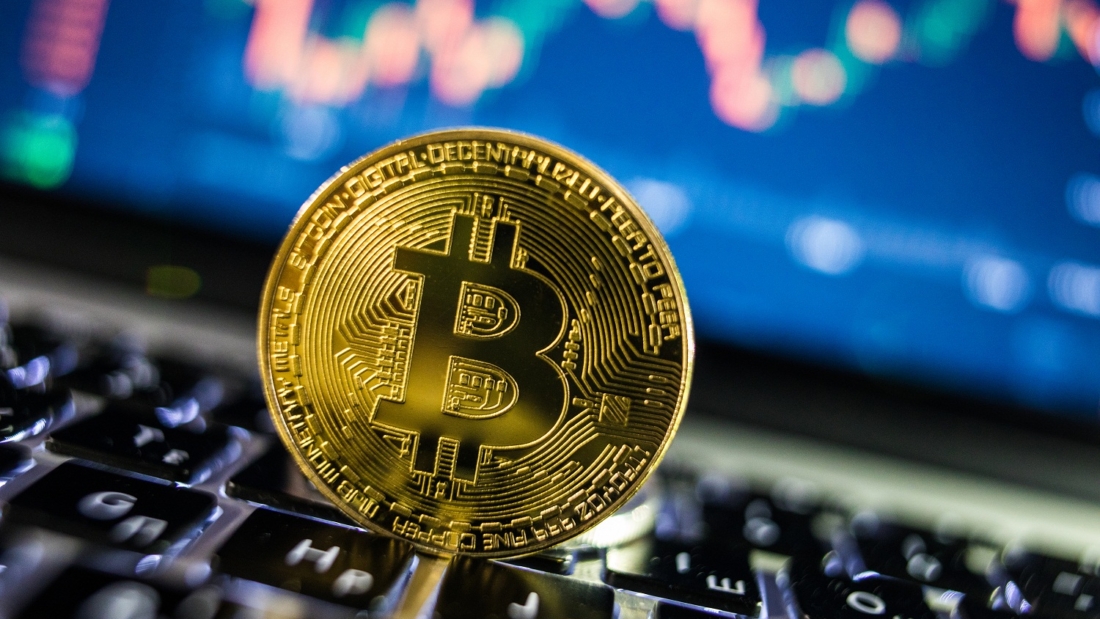The Bank of Japan and Bank of England are the latest financial institutions to openly say they are considering creating a digital currency, sending ripples across the cryptocurrency market.
The price of bitcoin has jumped since Monday afternoon when the news broke from around $9,100 to $9,363 on Wednesday.
The interest from both central banks reflects what is becoming a growing trend in which the apex banks around the world are scrambling to learn the most cryptocurrencies and blockchain have to offer and also position themselves for future disruptions. China is believed to have taken the lead in the race to release a central bank digital currency.
Apart from Japan and the UK, Banque de France is also reportedly conducting a series of experiments on blockchain which results could potentially change the way money works. Although the bank said no cryptocurrency would be included, the experiments would include participants such as Accenture, settlement giant Euroclear, the HSBC bank, French firm, Iznes, ethereum platform LiquidShare, little-known startup, ProsperUS, crypto bank Seba, and Forge, Societe Generale’s digital capital markets spinoff.
Over the coming days, the Banque de France will begin conducting experiments with each of the candidates, according to the statement, with some of the projects expected to take as long as multiple months.
CBDCs are also expected to gain even more converts when the G7 countries meet later this year. A Japanese new outlet, Kyodo reports that the G7 meetings later this year will include discussions about central bank digital currency (CBDC) to share knowledge. It claims the Japanese government made the suggestion and the United States responded positively.
Countries in Africa are not left out in the CBDC race. At the 23rd National Banking Conference held in Accra, Ghana, the Central Bank of Ghana said it was in talks with key industry stakeholders to launch a pilot CBDC project. Ghana is not the only country on the continent making this move, the South African Reserve Bank also said last year it was in talks with partners for the possible introduction of a native cryptocurrency.
Unsurprisingly, Nigeria has held off having any direct relationship with cryptocurrency. The CBN has in the past warned the banking public to stay away from digital assets. Despite its warnings, Nigeria continues to make the top countries in the world carrying out peer-to-peer cryptocurrency transactions as well as occupying the top position in search of bitcoin across the world. Analysts have said that the country is losing more from its stance against the cryptocurrency market.
“I will argue that central bank digital currency is one of the most important trends for the future of money and payments over the next decade,” Cuy Sheffield, head of Crypto Projects, Visa said in a tweet. “Regardless of anyone’s views of whether it is good or bad, the reality is that global interest in it is not going away.”
What is CBDC?
The relationship between central banks and the cryptocurrency market in time has in the past been anything but cordial as the former had always seen the latter as an existential threat to fiat currencies. But that point of view is starting to change, thanks to the concept of a digital currency for central banks.
However, central bank digital currency (CBDC) is not a cryptocurrency, at least not in the true sense. CBDC is actually the digital form of fiat money. For instance, the Central Bank of Nigeria (CBN) decides to create a digital form of the naira.
A Central Bank Digital Currency is backed by a government’s central bank, which means they hold the liability, not the commercial banks.
One major argument for a CBDC is that it would ensure that people have access to their legal tender if for any reason cash were not readily available.
Moreover, it aligns with the drive for a cashless economy which in the era of the COVID-19 pandemic has become widespread due to research that links cash handling to spread of the virus.
This, essentially, means the existence of two legal tenders, one residing online and the other physical. This could create a situation in which the overall seigniorage – profit made by a government by issuing currency – increases due to a larger quantity of money in circulation. On the other hand, both options being available can also lead to spike in costs to a central bank.
How it works
A CBDC unit is equivalent to a paper bill and can be used as a means of payment or a store of value and a unit of account. The same way a N100 naira note for instance has a unique serial number that identifies it, each CBDC unit will also be distinguishable to prevent imitation.
It would also work alongside other forms of regulated money such as cash, coins, and bonds but enjoy the same protective capabilities the blockchain provides.
Expectedly, it would be controlled solely by the central bank.
CBDC models
The International Monetary Fund (IMF) predicts that two models of CBDC will be dominant in the future. The models are the synthetic CBDC or sCBDC and the two-tiered CBDC currently being explored by various central banks, including the People’s Bank of China (PBOC).
According to the IMF, while the two-tiered model seems more ideal for central banks, the sCBDC model opens the door to the private sector. In view of the sCBDC model, the central bank would privately issue digital coins, denominated in the domestic unit but fully backed with central bank reserves.
The central bank would then license operators and carefully supervise them. In addition, legal structures would ensure that user funds, held as central bank reserves, would be isolated from the potential bankruptcy of sCBDC operators.
“Whatever route we take, we are in for changes in technology and payments. This is certainly an opportunity for the public and private sectors to get to know each other better, and to explore more efficient and effective ways to collaborate — not just domestically, but also across borders,” Tobias Adrian, Financial Counsellor and Director of the Monetary and Capital Markets Department, IMF, said.



Add a Comment